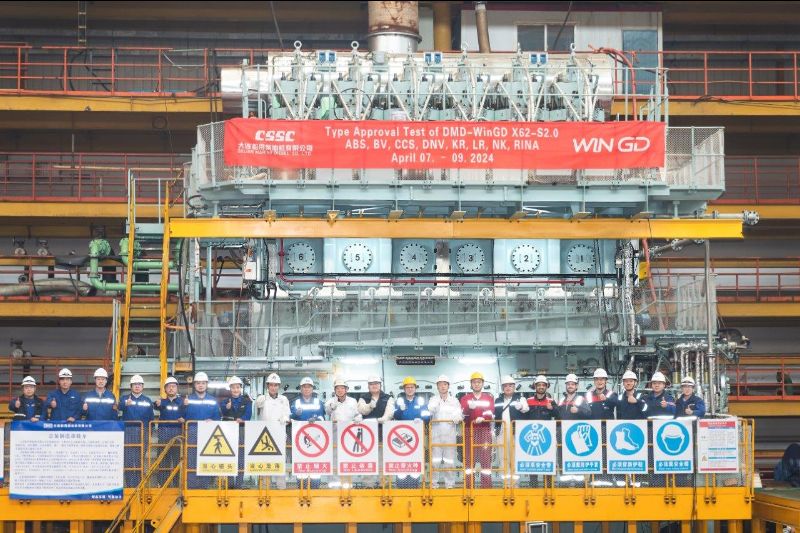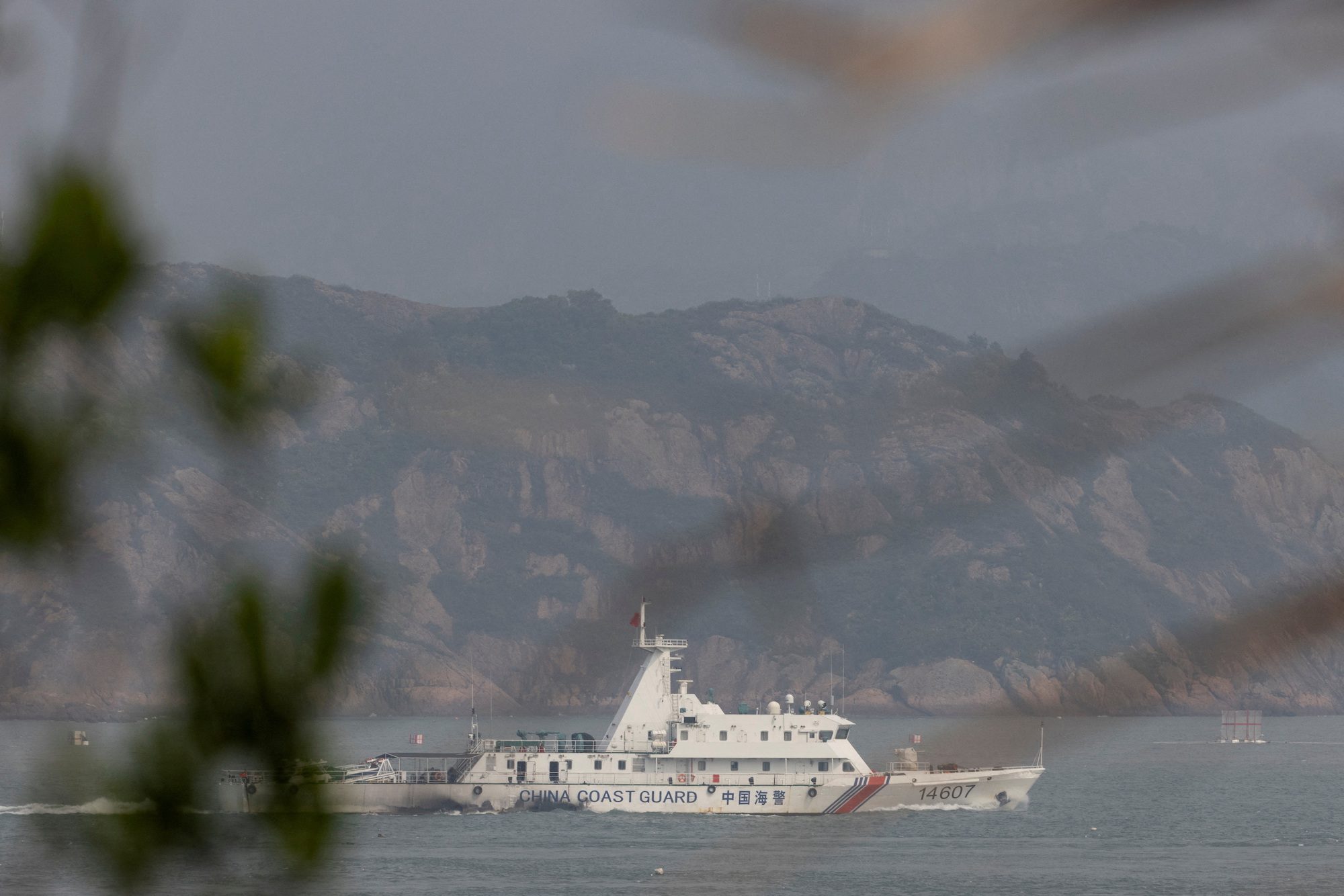The Cosco Busan – A Failure in xxx Resource Management
For a business to be successful you need hard work, willingness to accept risk and a touch of luck. For gCaptain the bit of luck was someone else’s misfortune, namely that of John Cota, Pilot of the ill fated container ship Cosco Busan.
Historically pilots don’t assume liability for incidents occurring regardless of fault. This is the case because historically a pilot’s job was to serve as a local advisor, expert in the location of reefs, buoys, current patterns and the flow of traffic within a port. The handling of the ship and command of the crew was left to the person that knew them best, the captain. So what has changed?
First ships and cargo have been standardized. In the past ships brought every cargo needed to sustain the businesses located in and around a port city. Fuel, raw material, imported goods and the myriad of miscellaneous material needed for the growth of an American city floated in on the hulls of a wide variety of vessels. Today ports specialize in certain types of cargo. Industrial cities have bulkers arriving daily while energy hubs, with refineries and pipeline terminals, primarily welcome tankers. Oakland’s specialty is containers and the city welcomes boxes that leave daily on trucks and trains bound for the warehouses of America’s retailers.
Not only do individual ports welcome similar types of ships the vessels themselves are closely matched. Naval architects have shared ideas and small domestic shipyards have long since been driven out of business by a much smaller number of large overseas yards that can put together ships at a rate approaching that of World War II. The vessels they build not only look alike but have similar handling characteristics and docking features.
Pilots have also taken on a larger number of tasks. The pilots of San Francisco Bay were at one point responsible only for bringing vessel from the bar to an area close to the dock. Docking pilots moored the ships. This is still done in many ports like New York and serves to limit the number of skills and thus training, experience, etc… required.
While the daily experience gained by pilots on similar types of vessels, combined with additional tasks increasing their knowledge of vessel dynamics their counterparts, the ship captains, have seen a different reality. Tracking of ships, satellite communications, professional weather routing and other advancements have resulted in increased oversight and management of a captains duties. Regulatory changes have resulted in an increase in paperwork all needing the masters approval and oversight. The amount of time available to learn the capabilities and shortcomings of a ship and her crew.
Pilots and ship captains have also diverged in one other aspect, training. The result of ship incidents and the subsequent investigations spark motivation for change and the need for more training more often than not tops the list of recommendations for improvement. While improved training of crews is desperately needed we must look at how the training of captains and pilots differ. Captains are regulated by a multitude of domestic and international authorities each requiring a specific courses that must follow a set curriculum. Companies often increase the amount of training with internal courses organized by ship managers and Human Resource departments.
Pilots, on the other hand, are regulated by local authorities who look to pilot commissions to dictate requirements. These commissions are often populated by the very pilots they seek to regulate creating a minimum standard much lower than that required of a captain. This does not sound like the a positive dynamic but, in ports with truly competitive pilot application processes, the bar is raised at the point of entry obviating the need for training and regulation to address the lowest common denominator. Pilots are also highly visible in their local communities and subject to high levels of personal scrutiny when incidents occur. John Cota’s wife, for example, was a Peteluma councilwomen well know in political circles. The self desire to be seen as skilled professionals and enjoyment of a loose regulatory structure, not fear of incarceration, drive a desire to be good at what they do…. This drives training structures that work.
I won’t dive too deep into the differences between the two training structures but I will say that once required training is completed by a ship’s captain there often is not the budget, time or energy to participate in training that exceeds the bare minimum. The oversight of this required training limits the freedom of maritime schools to offer unique solutions or even change course when new ideas are introduced within the community. Pilots have the opportunity to work closely with training providers to tailor courses to their needs and have more freedom to seek non traditional means of training.
With daily experience gained on similar types of ships, improved training and self regulation it was only a matter of time before the proficiency of our nations pilots past that of captains in navigating inland waters. Captains have increasingly relied on this experience to get their ships docked safely.
So with pilots becoming increasingly more proficient and new technology continually being developed to assist them how could the Cosco Busan allied with the Bay Bridge?
Like the large majority of catastrophic events caused by man it’s an insidious compilation of events that cause the incident. This error chain leaves many to blame but I feel compelled to highlight the primary failures and, yes, assign blame. So here goes; the individual most responsible for the incident has yet to be named!
John Cota made two crucial errors; a willingness to proceed (even rush) under adverse conditions and refusal to fully utilize resources available to him, namely electronic charting systems. Captain Sun also made two critical mistakes; acceptance of the position and willingness to proceed on the day of the incident. The high level of proficiency and low incident rate of our nations pilots helps to explain Cota’s decision and Captain Sun’s trust of his decision to proceed that morning but does not explain either’s willingness to proceed knowing one important fact; the entire vessel crew was replaced just two weeks prior.
It is rarely disputed that one of the greatest recent advancements in the safe operating of vessels has been the industry’s embrace of Bridge Resource Management but how can a bridge team operate using these principals if they have not had time to explore each others strengths and weaknesses? How can a team learn a vessel with only two weeks aboard her? And how can team members share vessel and interpersonal knowledge if there is no continuity?
John Cota made critical errors that directly resulted in the incident but the most profound error he shares equally with Captain Sun; a lack of courage. In regards to Captain Sun the profanity of this decision is compounded by the mariner shortage which provides ample opportunity for mariners to leave companies that make unwise decisions. For Captain Cota it’s making the decision to work aboard a vessel with no hope of fully utilizing BRM despite having a pilot association with a history of supporting pilots who stop unsafe jobs.
Despite all the differences pilots and captain’s share two similarities beyond their proficiency in moving large objects; a lack of courage and unwillingness to embrace changing times . The real failure, however, rests with the individual who’s final approval was required to sweep aside the need for continuity and replace the entire crew of the Cosco Busan in one single sweep. Unfortunately, he is unlikely to ever stand trial. The best we can do is extend the concept of BRM to broader ship management. It’s not until captains broaden their horizons from the ship’s bridge to vessel & intercompany resource management that incident rates will once again fall.
-John
___________________
Note: I was reluctant to write this article but strong imputes came with the US Coast Guards issuance of NAVIGATION and VESSEL INSPECTION NAVIC NO. 04-08 (details HERE). Upon discovering that John Cota took various medications under the care of a qualified physician it was soon clear this issue would be pushed by the Coast Guard brass. gCaptain asked a number of Coast Guardsmen and industry leaders about the impending regulation and we were told repeatedly that a list of medications and conditions would not be published, just guidance for medical professionals. We are deeply concerned that this NVIC and the push to give VTS power to override a captain’s decision are progressing while the true causes for the incident are not being published. If you disagree with any points mentioned here or see other underlying problems I ask you to leave a comment below or contact me directly at 805-456-8644. -John

Subscribe for Daily Maritime Insights
Sign up for gCaptain’s newsletter and never miss an update
— trusted by our 109,105 members

Get The Industry’s Go-To News
Subscribe to gCaptain Daily and stay informed with the latest global maritime and offshore news

 Join The Club
Join The Club








